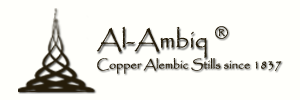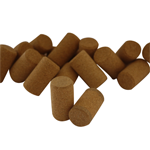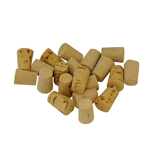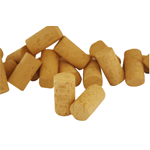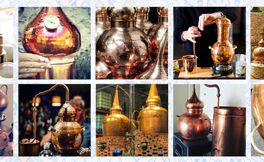Photos – Corks
Cork stands out because of all its qualities and properties such as its flexibility, lightness and elasticity, with the added bonus of it being a natural product that can be recycled, re-used and renewed. These qualities are what make cork the ideal material to use as stoppers for wine bottles.
Wine corks can be made of either a single piece of cork, or composed of particles, as in champagne corks; corks made of granular particles are called “technical corks”.
After a decline in use as wine-stoppers due to the increase in the use of cheaper synthetic alternatives, cork wine-stoppers have made a comeback and currently represent 60% of wine-stoppers.
Because of the cellular structure of cork, it is easily compressed when inserted into a bottle and will expand to form a tight seal which in turn aids in preserving freshness, maturity and quality of the product as well as oxygenation in the correct dosage.
All these qualities have turned cork into the most popularly chosen stoppers world wide, its relationship with wine established three centuries ago. Studies have proven that more than 75% of consumers prefer cork stoppers over silicone, and the kind of stopper used on a bottle is a major deciding factor on what wine they choose to buy, making this product incomparable and irreplaceable to wine makers, as well as being the product of choice for consumers.
Cork stoppers have become the biggest emerging application of cork in Portugal and there are various types of cork stoppers: Naturals, Technical, Capsulated e Tapered.
